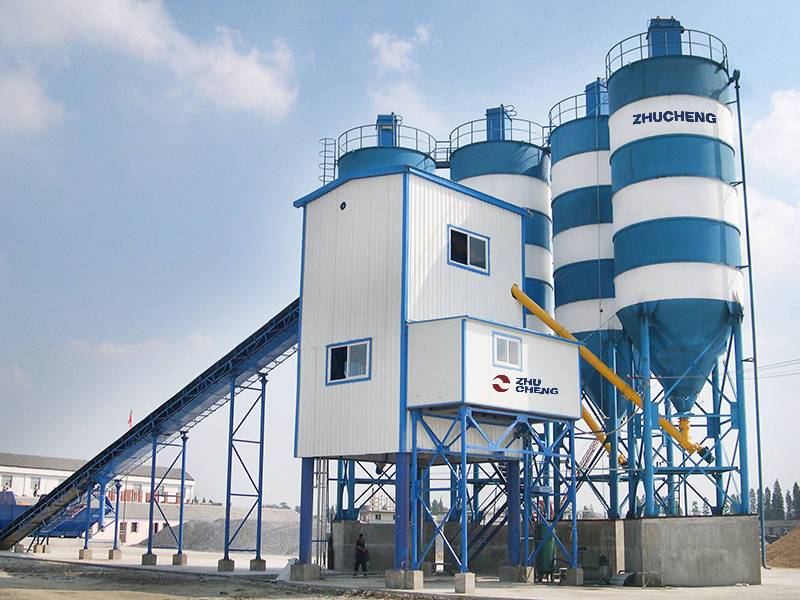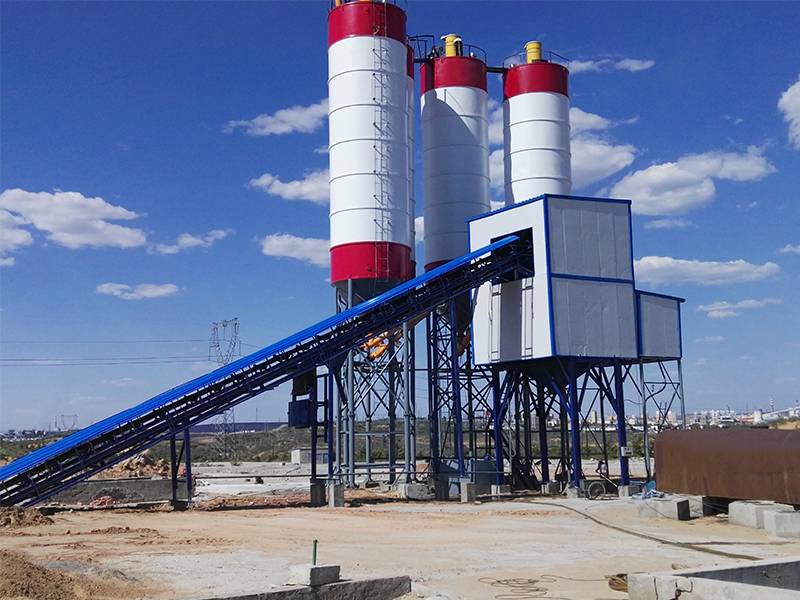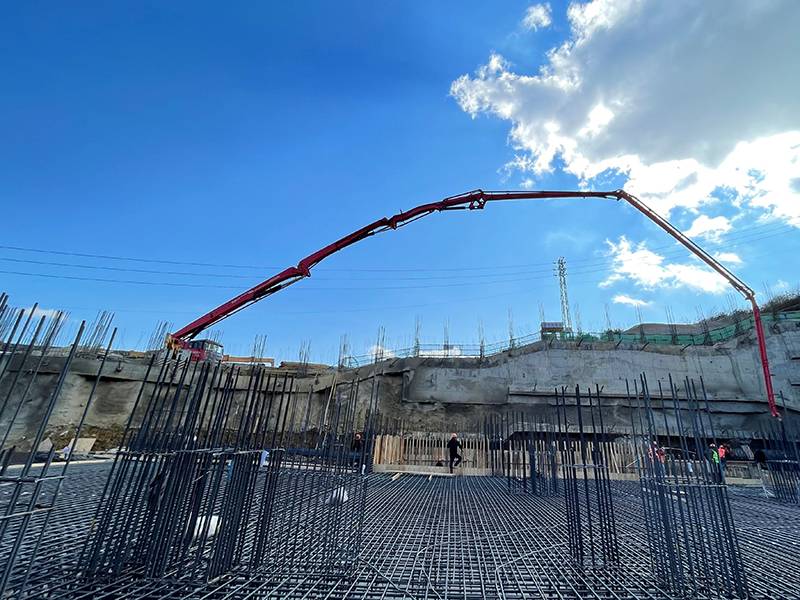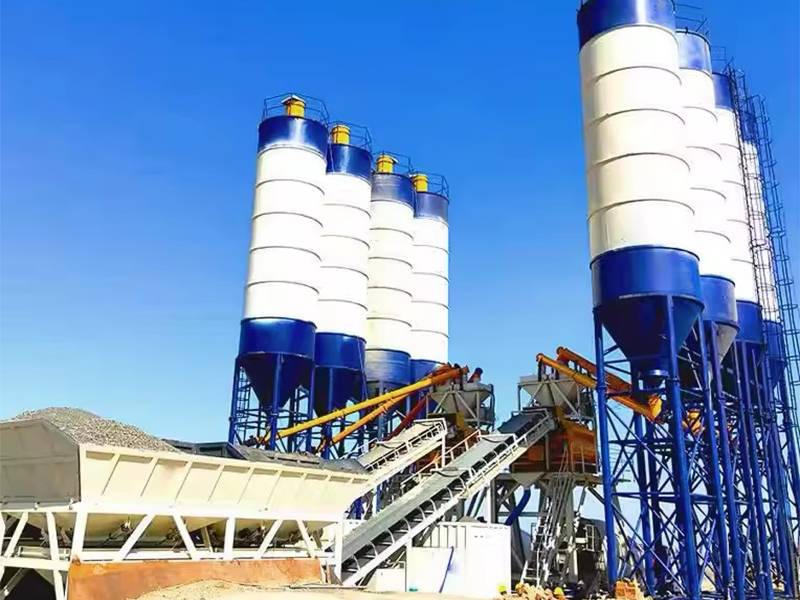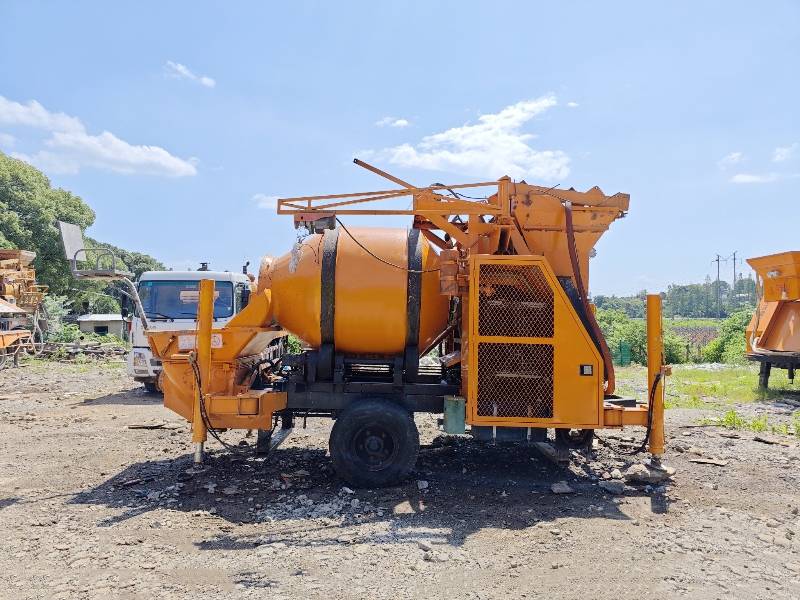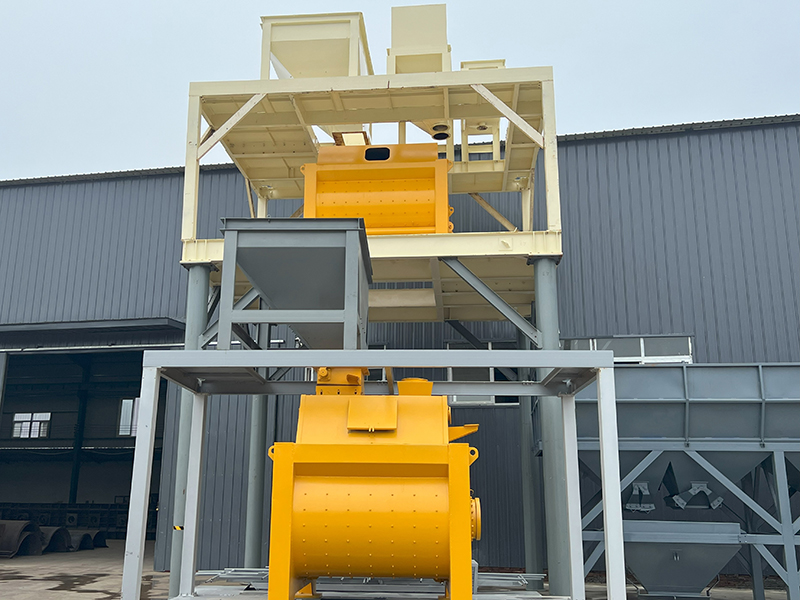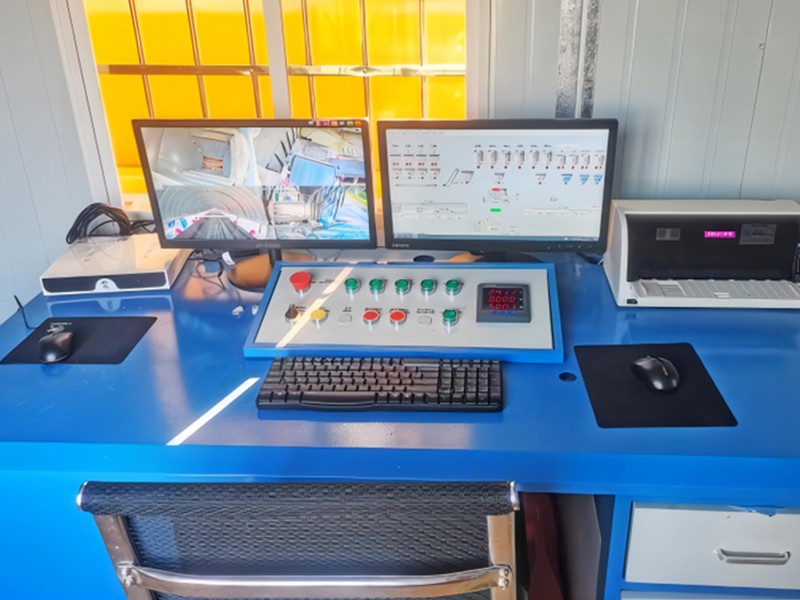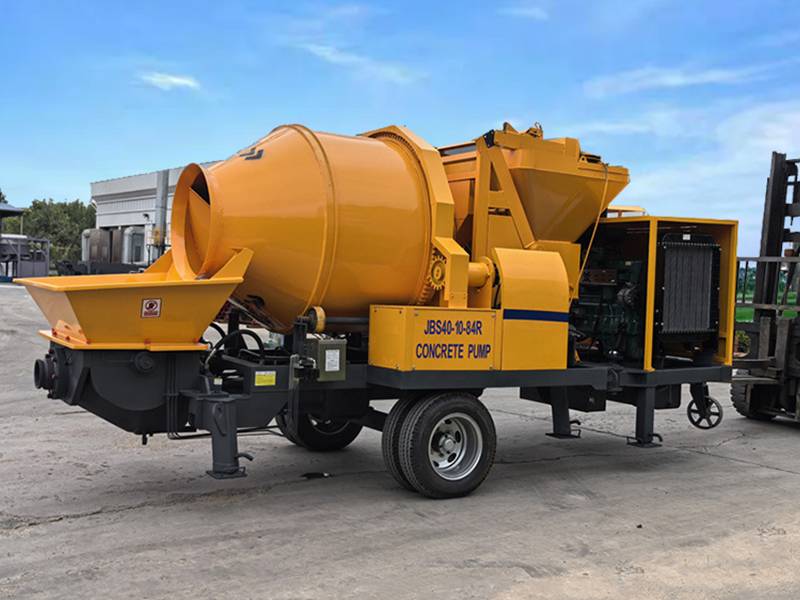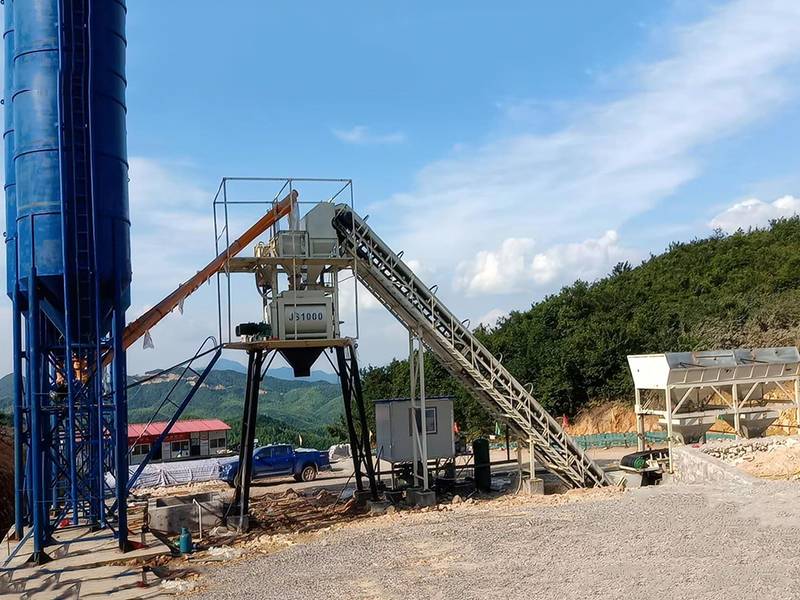What Kind of Belt Conveyor is Suitable For Different Concrete Mixing Plants?
When selecting a belt conveyor for a concrete mixing plant, various factors need to be considered, including the scale of the mixing plant, material characteristics, conveying distance, inclination angle, and working environment. Here are some suggestions to help you choose the suitable belt conveyor: Based on Production Capacity Low to Medium Production Concrete Mixing Plants: High Production Concrete Mixing Plants: Based on Material Characteristics Based on Site Conditions Type Selection 1. TD-Type Belt Conveyor 2. Inclined Belt Conveyor 3. Troughed Belt Conveyor 4. Classification by Belt Type Performance Parameters Materials and Quality Safety and Environmental Protection Maintenance and Servicing Brand and Supplier Selection When selecting a belt conveyor for a concrete batching plant, various factors such as production capacity, material characteristics, site conditions, and equipment performance should be considered comprehensively. Through reasonable selection and configuration, ensure the belt conveyor meets production needs and operates efficiently and stably. At the same time, choosing well-known brands and reputable suppliers is also crucial for ensuring equipment quality and after-sales service.



